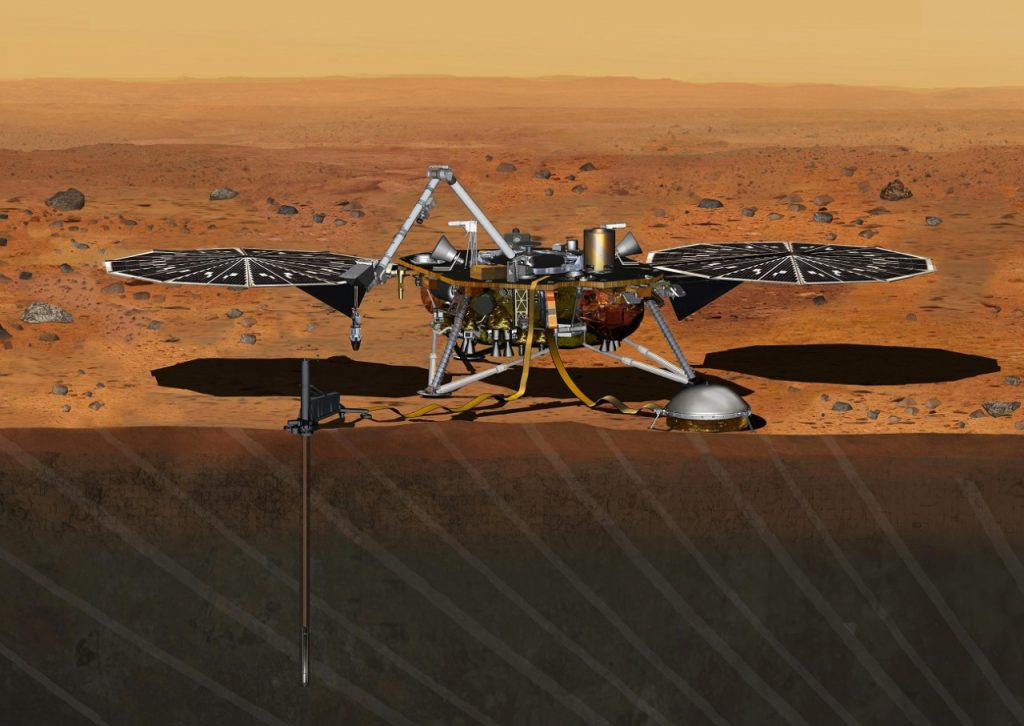Everything ends, including the work of the Martian landers. InSight might turn off, as he’s talking about it, for the last time in a few months.
One of the biggest enemies of solar-powered vehicles is the dust that covers their panels. Unfortunately, there is no shortage of this on the Red Planet, which greatly complicates the adventures of local musical instruments. Mission engineers said that InSight’s scientific operations will cease in the next few months.
The reason will be insufficient amount of power due to the presence of dust. It lowered the amount of energy to about 500 watt-hours per day on Mars, a value that was about ten times higher at the start of the mission. Cathia Zamora Garcia, deputy project manager at InSight, explains that all operations should be completed by the end of this year.
The surprising longevity of the InSight Landing Vehicle
However, there is no reason to be sad about the fate of the lander. The biggest plus is the fact that her operation was almost twice as long as originally planned. The mission plan assumed that it would take two years on Earth, when in reality the result would be about four years. InSight played a major role in detecting earthquakes on Mars, which it collected with more than 1,300. Of course, the recent earthquake, which has been called the most powerful earthquake outside our planet, deserves special attention.
“For the first time in history, we were able to map the interior of Mars. InSight changed our understanding of the interior of rocky planets and paved the way for future missions. What we’ve learned about the internal structure of Mars can be applied to Earth, the Moon, Venus, and even rocky planets in other systems— Laurie Gillies, director of NASA’s Planetary Science Division, said during a press conference
The mission’s engineers continued their ideas to solve the undoubtedly dust collection problem on the solar panels. Since it is electrostatically charged, they decided to use its magnetic properties on windy days to try to clean the panels. InSight was instructed to collect Martian soil and drop it onto the edges of its plates. This caused the dust already on the panels to be attracted to the edges. For each such maneuver, the power output increased by 5 percent, and it was repeated six times in total.
The light in the tunnel?
Unfortunately, winter begins on the Red Planet, which means that there is more dust than usual. The resulting lack of power will bring the last downtrend arm to a halt this month. Somewhere at the end of the tunnel there is a light, but hope seems deceptive. However, the engineers point out that if the winds brushed about 25% of the surface of the InSight panels, they would gain about 1,000 watt-hours on a Martian day. This will be enough to keep scientific instruments at the ready. And while the probe should be able to send data and take pictures over the next few months, it will likely remain completely silent in December.




More Stories
Nvidia GeForce RTX 4090: AIDA64 gets Ada spearhead support
Rogue Trader – Details about the first cRPG in the series – CD-Action
t3n – Digital Pioneers | digital business magazine